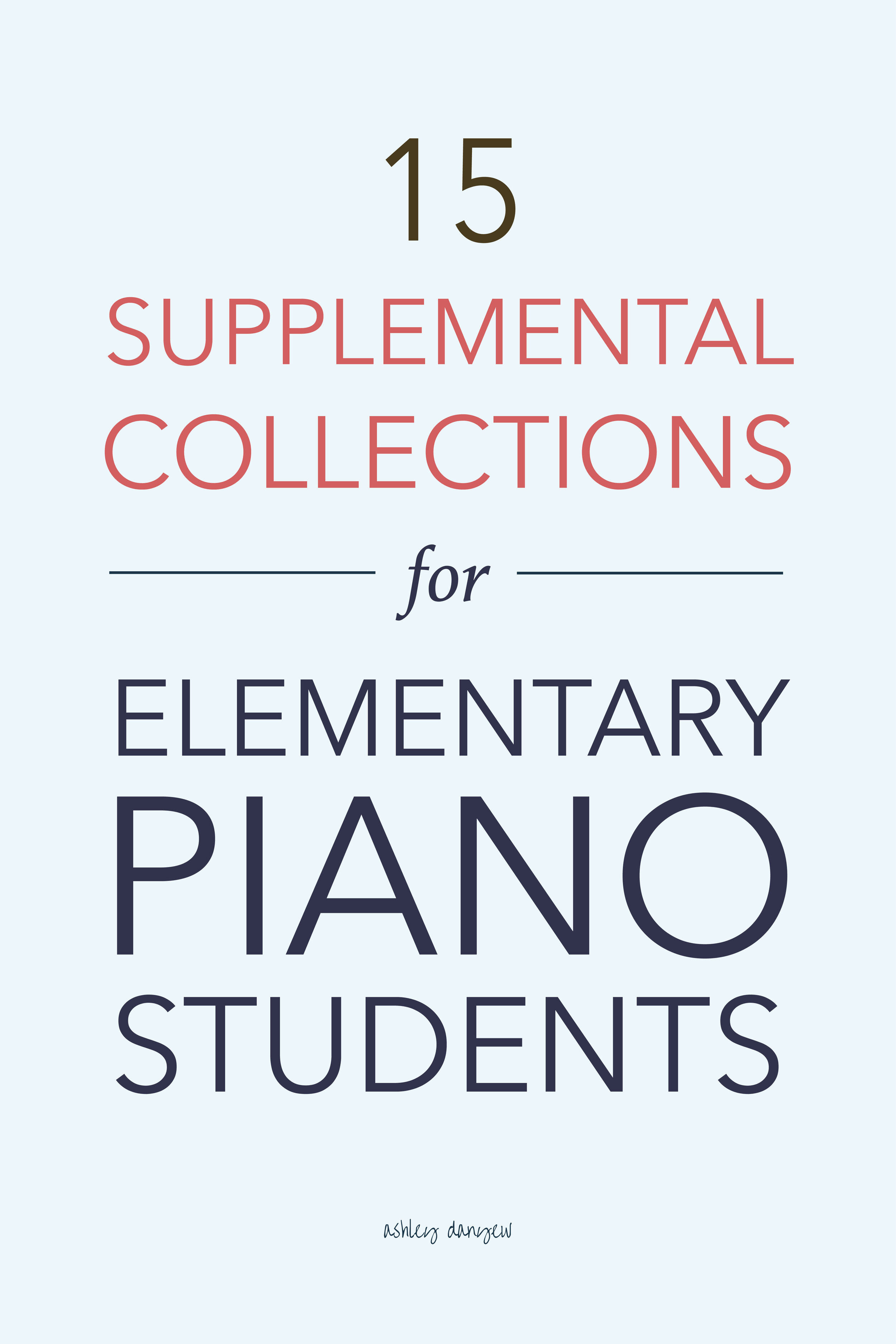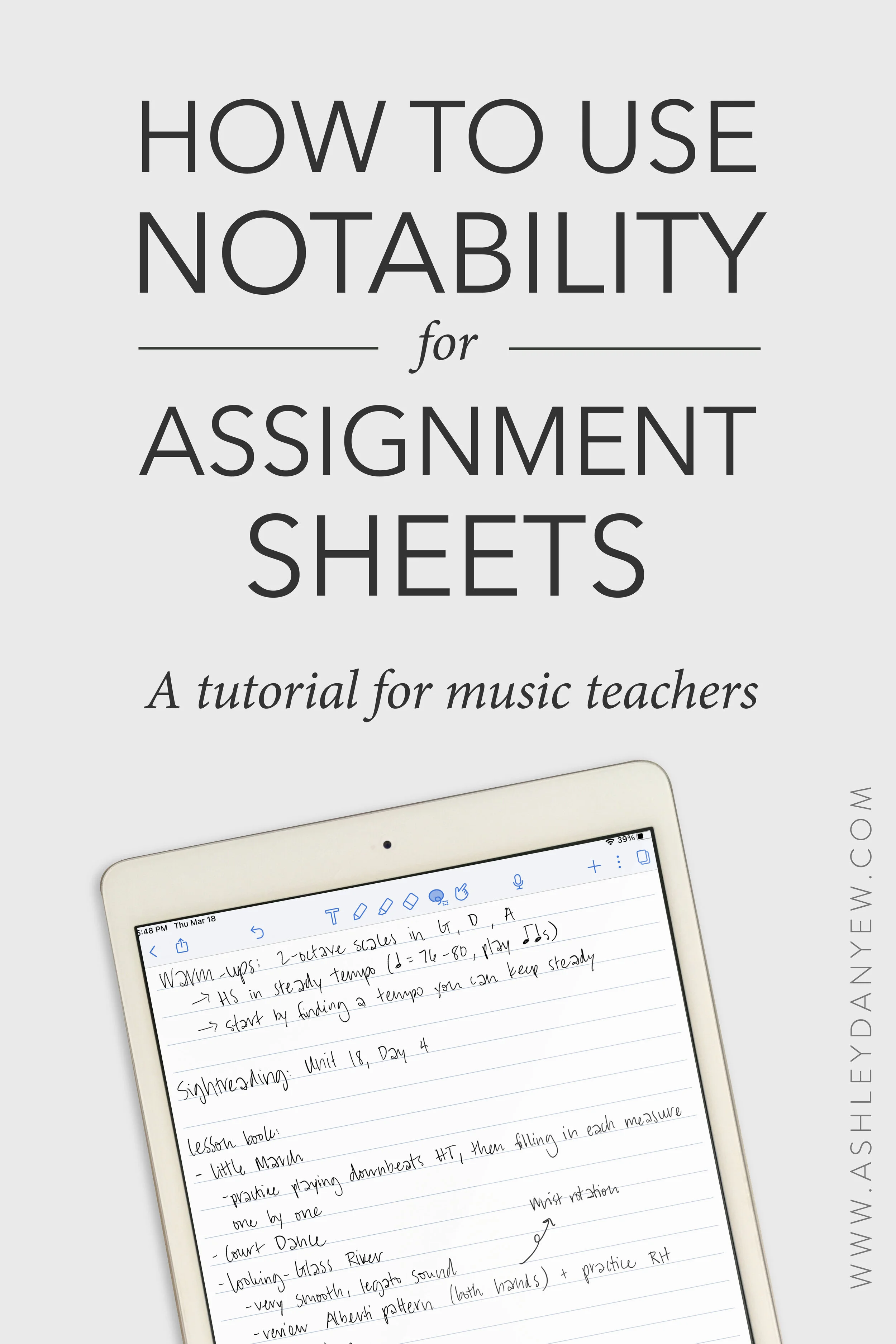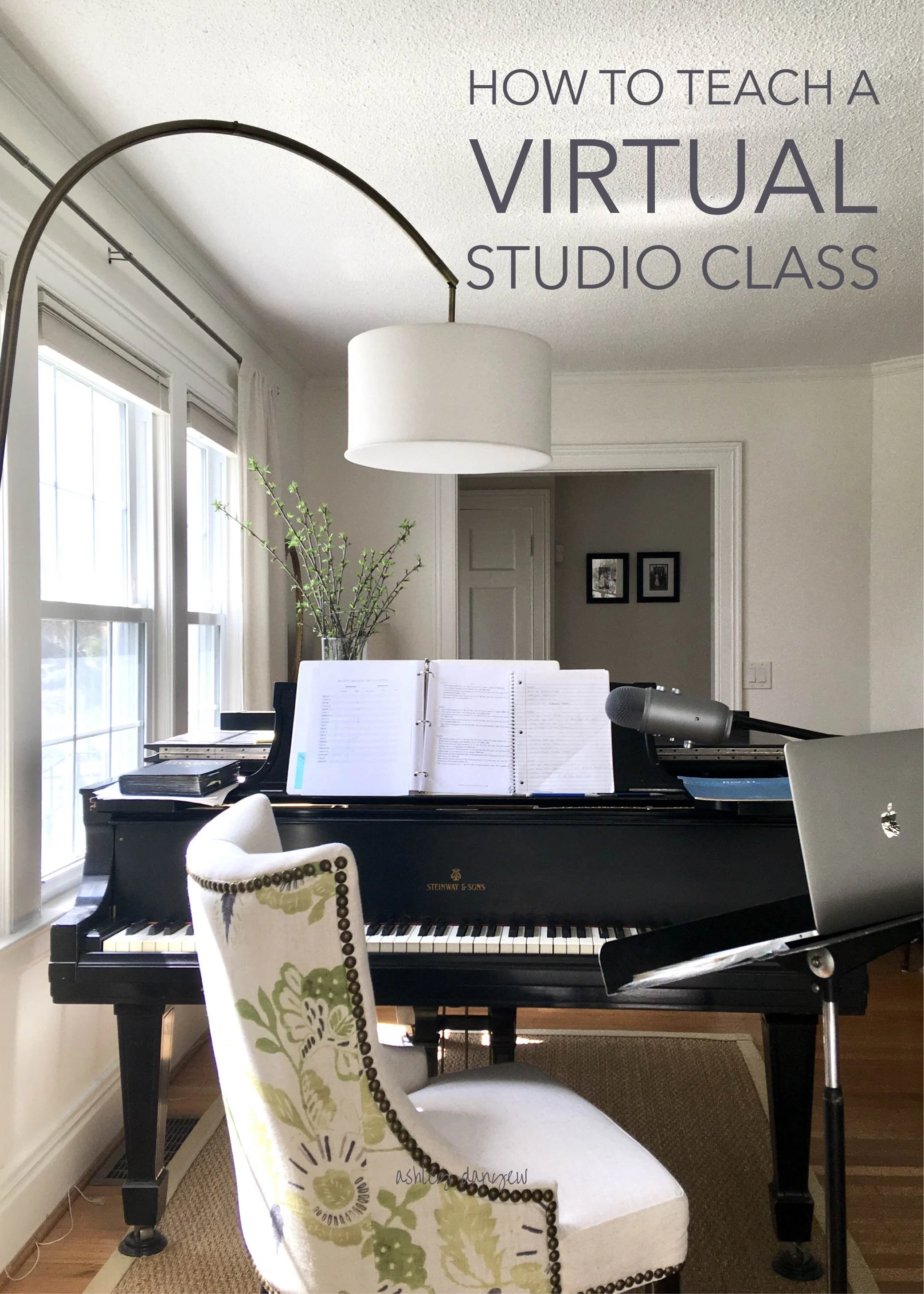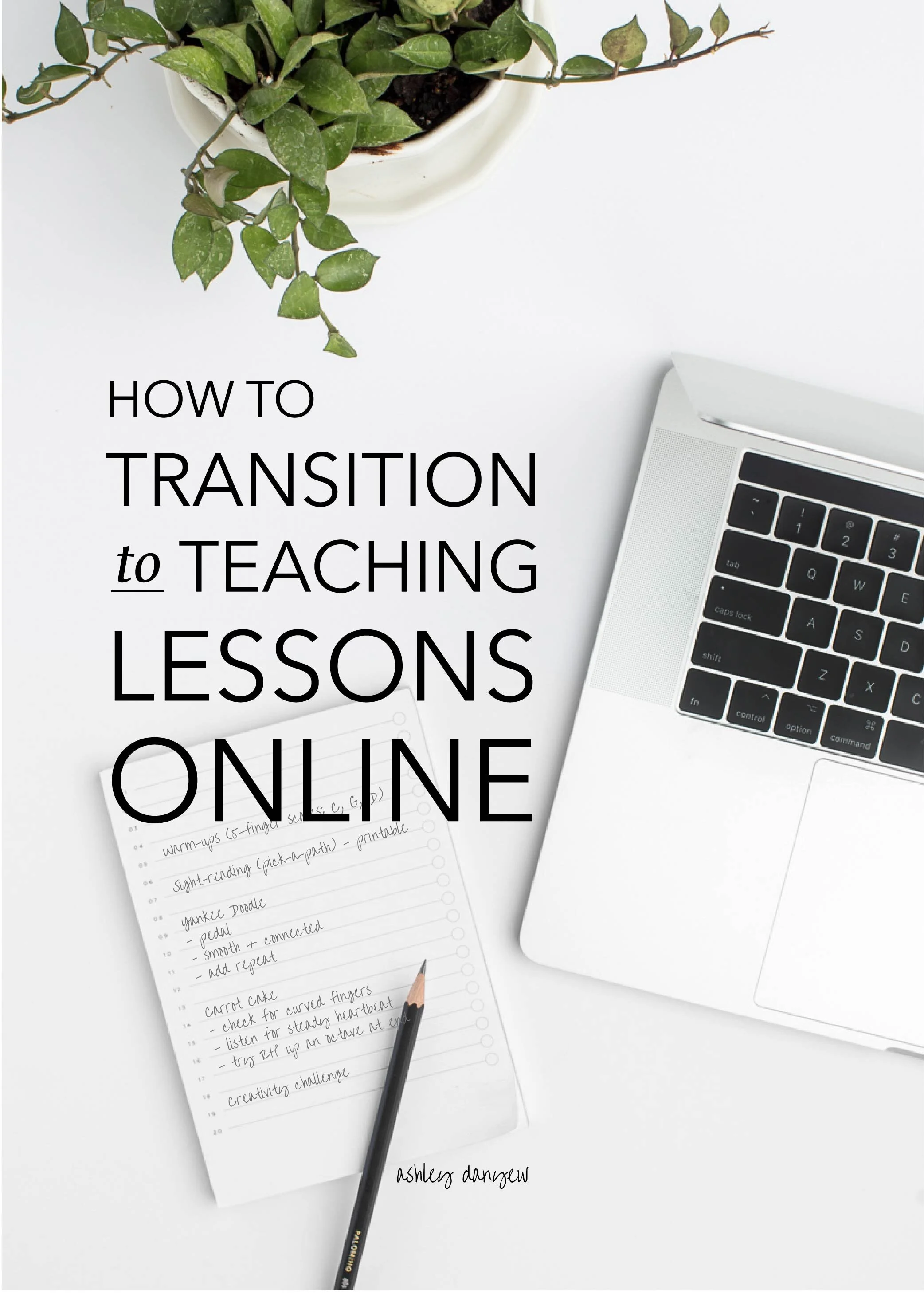The Sanctuary Choir has had an exciting year! First of all, look how we've grown from 12 members last summer to 21 members at Christmas time! We have a great group of enthusiastic singers who are very faithful to the music program and are eager to learn! What more could a director ask of a choir? Take a seat on one of the red velvet pews in the back of the Sanctuary and observe one of our Thursday night choir rehearsals...
Sanctuary Choir Rehearsal
7:00-7:10 p.m. - Warm-Ups
Stretches, sighs, sirens, humming, chewing, facial massage
Breathe in for four counts, hold for four counts, breathe out for four counts
Me-ahh (starting with a D Major triad going up: 15-4321)
Vi-va (starting with a D Major triad going up: 1234-5656-54321)
Vocal Siren
Reminders: singing through the consonant to the vowel, sitting on top of the note instead of reaching up to it
Opening Prayer
7:10-7:15 p.m. - Sunday’s Anthem
Prayer for Peace (Lightfoot)
Reminders: tall mouth-shape, tempo changes, dynamics, cut-offs, more breath preparation before entrances
7:15-7:20 p.m. - Service Music (all a cappella)
Introit: O Worship the King (Traditional Hymn)
Prayer Response: Breathe on Me, Breath of God (Traditional Hymn)
Benediction Response: Amen (Danyew)
Reminders: breathing together, imagining first note before singing it, singing into the sound around you, enunciate!
7:20-7:50 p.m. - Anthems
Come to the Water (Hasseler) - new
Reminders: direction of phrases (most important word of phrase), breath preparation, phrase-shaping
An Hour of Hallowed Peace (Danyew)
Reminders: "hushed" text painting (singing the word in a way that depicts its meaning), breath support for soft singing, preparing to sing 5ths, direction of phrases (most important word of phrase), phrase-shaping
Jesus, Savior, Friend (Glass)
Reminders: consistent tempo, syncopated rhythm review, tall mouth shape/vowels, confidence, relationship of vocal parts to accompaniment
7:50-7:55 p.m. - Announcements
Choir picture is up on the website!
Joke Time
7:55-8:00 p.m. - Talk Break
8:00-8:30 p.m. - Anthems
You Are the Song (Courtney)
Reminders: syncopated rhythm review, parts review, relationship of vocal parts to accompaniment
The Gift of Love (Traditional Hymn) - a cappella, rehearse in circle
Reminders: look up!, blend with people around you, direction of phrases, phrase-shaping, dynamic contour
Prayer Circle
What does your church choir rehearsal look like?




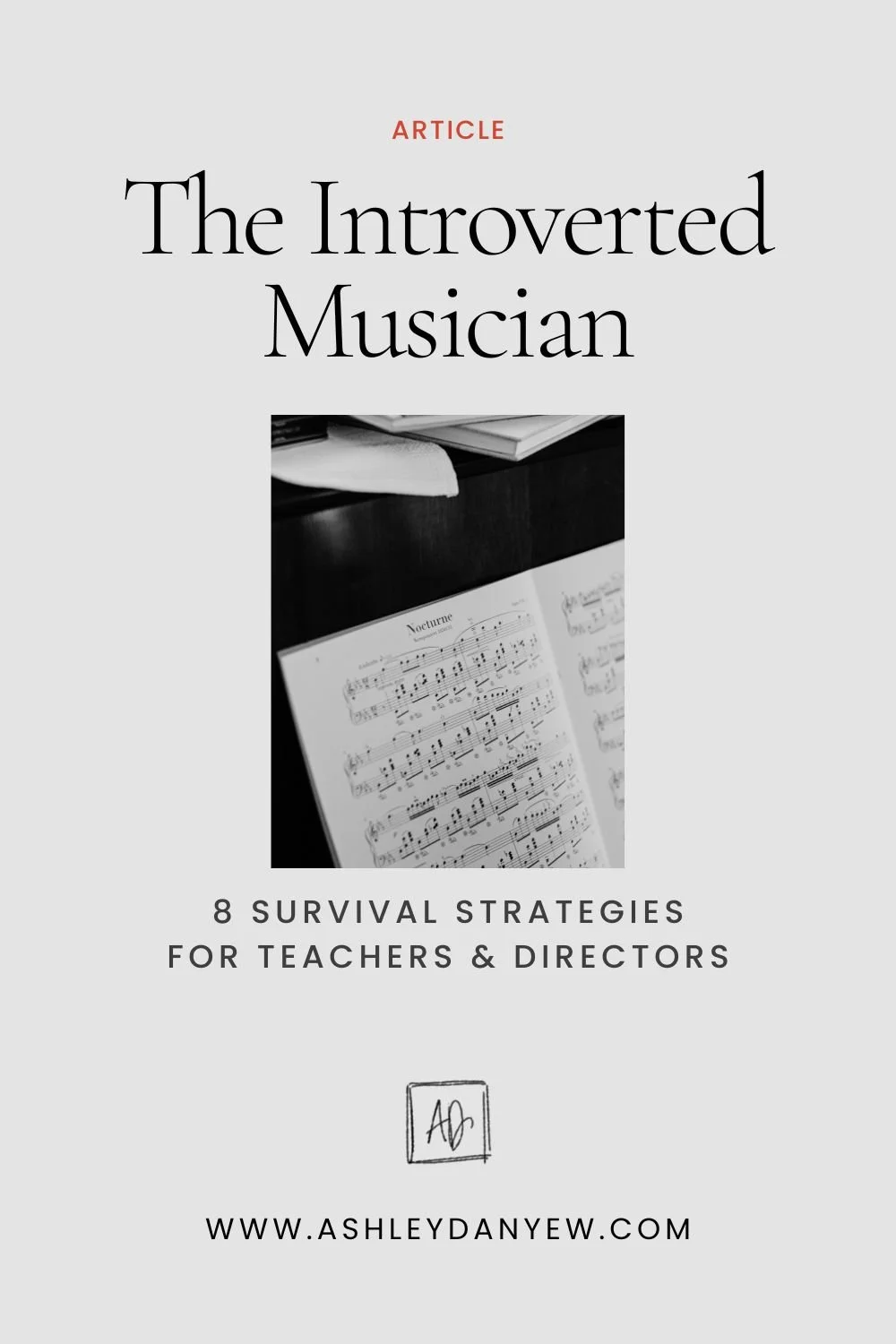













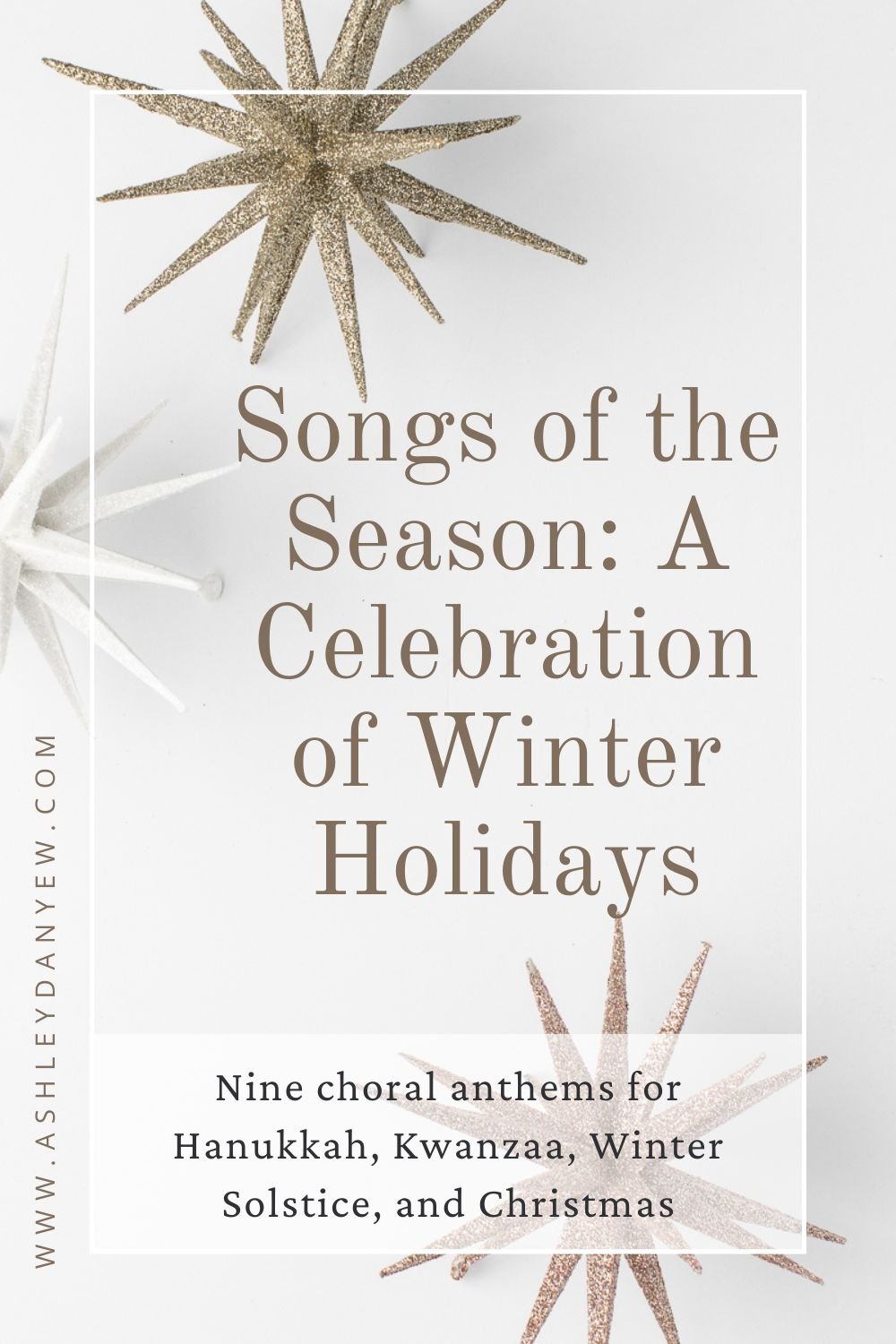








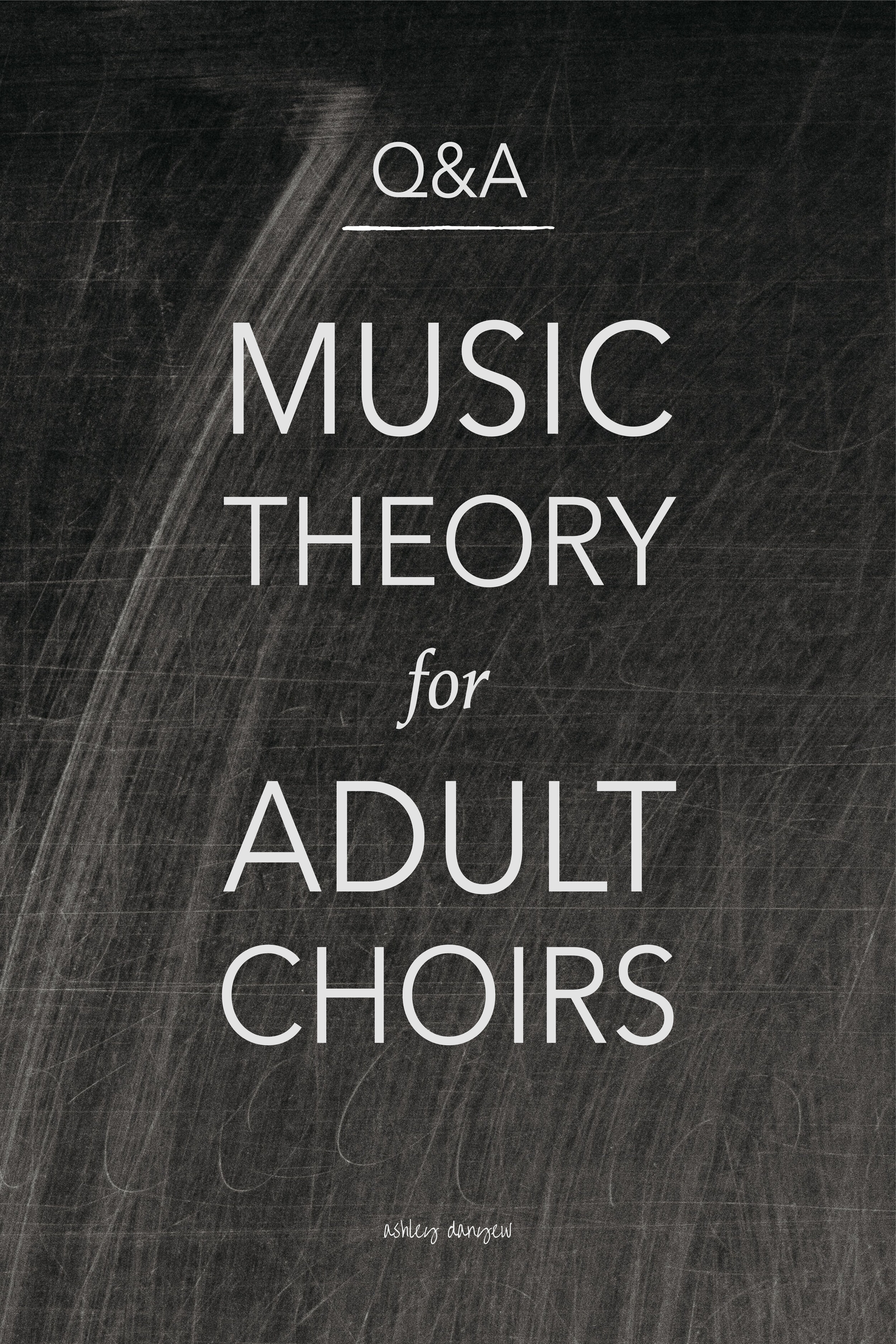

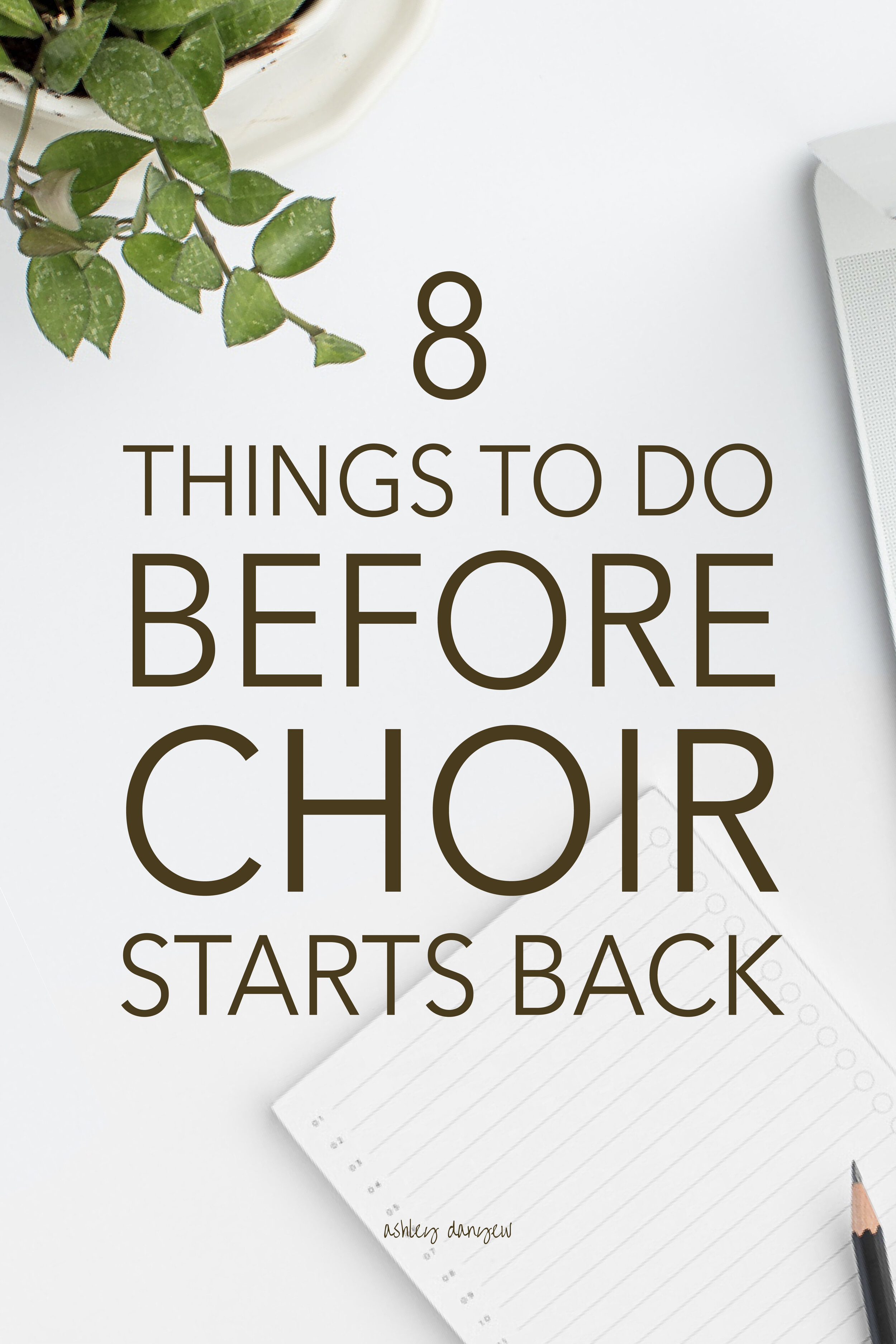


 This strophic German song (Op. 47, No. 3) by Johannes Brahms is about Sunday love - a young man longing for the beautiful girl he only sees in church on Sunday. Steve transcribed it for saxophone and piano, as you can hear in the recording below (listen for laughter in the piano interlude and coda!) For an in-depth description of our rehearsal process for this piece,
This strophic German song (Op. 47, No. 3) by Johannes Brahms is about Sunday love - a young man longing for the beautiful girl he only sees in church on Sunday. Steve transcribed it for saxophone and piano, as you can hear in the recording below (listen for laughter in the piano interlude and coda!) For an in-depth description of our rehearsal process for this piece,  I’ve often been advised to “make the most of opportunities” – I’m sure you’ve been there, too. Sometimes an opportunity presents itself out of nowhere – maybe it’s an extra time commitment, maybe it’s out of your comfort zone and just when you’ve convinced yourself to pass it by, suddenly the opposing voice in your head says, “Wouldn’t this be a great experience?” In my case, the opposing voice usually wins.
I’ve often been advised to “make the most of opportunities” – I’m sure you’ve been there, too. Sometimes an opportunity presents itself out of nowhere – maybe it’s an extra time commitment, maybe it’s out of your comfort zone and just when you’ve convinced yourself to pass it by, suddenly the opposing voice in your head says, “Wouldn’t this be a great experience?” In my case, the opposing voice usually wins.











